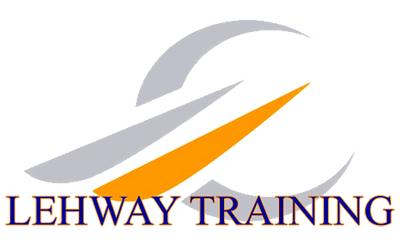Scenario Training
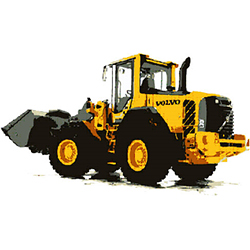 |
Excavating Equipment / Machinery An operator of this equipment / machinery must have sufficient knowledge and instructions before he/she operates the equipment / machine. An untrained operator can cause serious injuries. Learn to understand the warning plates and symbols on the equipment / machine and its operator instructions before you begin to use the equipment / machine |
|
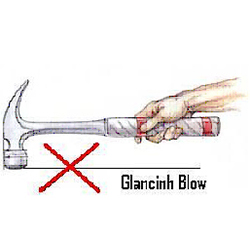 |
Safe use of Hand and Electrical Power Tools Stay alert, watch what you are doing and use common sense when operating any power – or hand tool. A moment of inattention while operating power tools may result in serious personal injury. |
|
 |
Arial Platform The design of the MEWP carrier should ensure that the occupants are afforded the same level of protection from falling as they would have on a conventional access scaffold, i.e. guard – rail, mid – rail toe – board. The risk of falling in increased by an sudden movement caused by an impact, round movement, or failure of a stability critical part of the MEWP. In many of these situations, the wearing of appropriate fall protection equipment could provide protection against the residual risk of failing, or being thrown out of the MEWP’s carrier. |
|
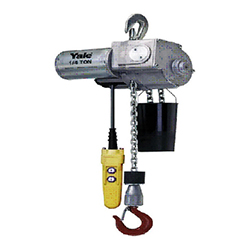 |
W A R N I N G : It is the responsibility of the user to maintain and use the hoist in a safe manner. Failure to do so can be dangerous and result in severe bodily injury, fatality or property damage. |
|
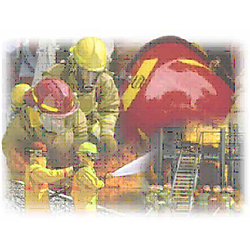 |
Fire Fighting Fire can cause serious damage to building and cause people to be seriously injured or lose their lives. Correct and prompt actions from the fire fighting team will ensure that all buildings are evacuated, ensuring the safety or everyone. |
|
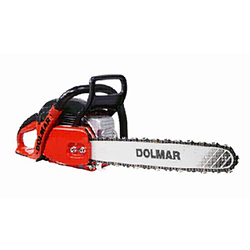 |
Chainsaw / Brush Cutter Before starting the saw, make sure that you know what you are going to do. Do not walk around revving the motor while you figure out your next move. Prior planning prevents poor performance on the part of both the saw and the sawyer. |
|
 |
Defensive Driver Training Theoretical knowledge to traffic matters is essential for safe driving. Attitudes, habits, driver’s concentration are usually to blame for accidents but let us look from statistics (the real history). Main causes of accidents are:
|
|
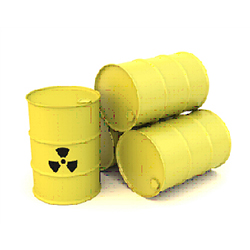 |
Hazardous Chemical Substances in the Workplace Hazardous materials are an integral part of your daily life, from the products used in your homes to keep them clean and welcoming, to the products used on your yards, in your pools, or stored in your garages, to the products used to raise food in your gardens and the crops raised on the farms that feed the world; to maintain the operating condition of your cards and other motor vehicles, to the products used in industries. Hazardous materials play an important role in your every day life. It’s hard to imagine life today without these hazardous materials being present. Yet, these materials are potentially dangerous if improperly handled and transported. We will train you on the on-power handing, packing, marking, labeling, placarding and transport of these hazardous materials. |
|
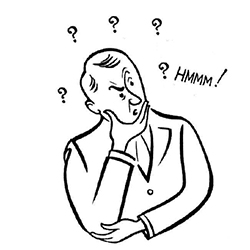 |
Health & Safety in the Workplace / Health & Safety Rep Workplace accidents are frequently the result of human error, which in turn are the unfortunate outcome of flawed systems of work. Within any system, the key stakeholders are: the human, the machine, the method in which one acts on the other. When the method, for various reasons, is flawed, it can create terrible consequences for individuals and organizations. Improved safety behavior yields many benefits for employers and employees alike:
|
|
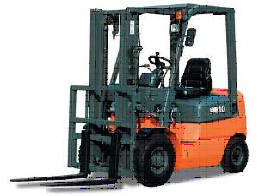 |
Lifting Equipment / Machinery Forklifts are powerful machines, and while they don’t go as fast as cars or trucks, they require even more attention to safety. Most forklifts accidents results from operator errors, so even the most experience forklift drivers need to review and follow forklift safety rules. |
|
 |
Slinging The most important job of any crane operation is rigging of the load. Poor rigging may result in personal injury, property damage, or other serious hazards. Rigging is the most time consuming of any crane operation and represents the single most hazardous potential of crane operation. In a multi – sling operation, each leg must be of the same length and must contribute equally to load distribution. Nylon slings are susceptible to damage by sharp corners upon the item to be rigged. Caution must be taken to ensure that slings are not damaged by sharp corners or by excessive loading. Rigging requires years of practice to perfection. If in doubt about the security of your rigging, ASK FOR HELP! |
|
 |
The main problem areas are:
Scaffold design, erection, inspection, use, alteration and dismantling shall meet the requirements of SANS 085. Employers must ensure that the employee have the correct equipment to do his job as safely as possible. But even with all the right equipment, employers require training to ensure that all equipment are inspected, used and stored in the correct manner. |
|
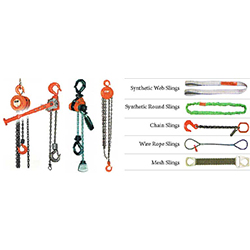 |
First Aid – Level 1, 2 and 3 Because medical personnel will not always be readily available, the workers must rely heavily on the first aider skills and knowledge of life – sustaining methods in the workplace. This training programme outlines both self – aid and aid to other workers. More importantly, it emphasizes prompt and effective action in sustaining life and preventing or minimizing further suffering and disability. First Aid is the emergency care given to the sick, or injured, before being treated by medical personnel. The term F I R S T A I D can be defined as “ URGENT AND IMMEDIATE LIFESAVING MEASURES”. |
|
